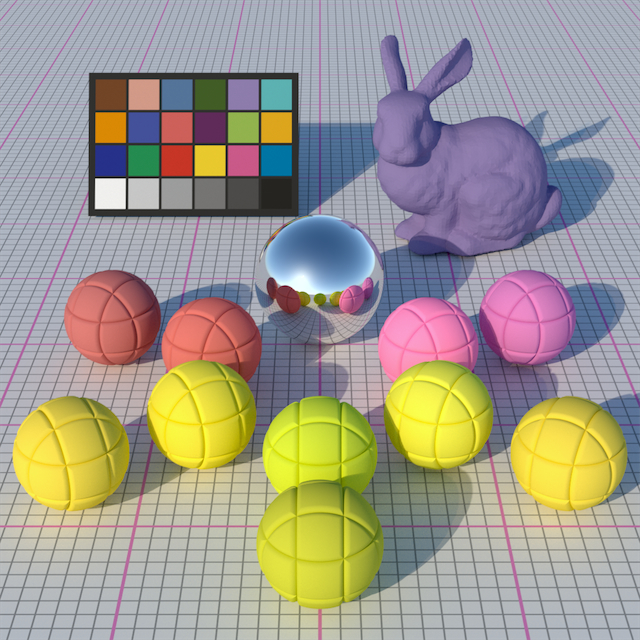Note: to access the paper PDF and the model source code, please use the “Source Code” link on your right. This leads you to the old sky dome modelling project page of our group, where these are provided (at the top, and there are two other publications presented on that page). Lots of people have links to the old page, so we are leaving this as it is.
Please also note that our 2021 SIGGRAPH paper on sky dome modelling provides a much improved sky model that is also available for download! Unless compatibility with old codebases is essential, the new model should be used whenever possible! The new model does not offer the “alien world” functionality out of the box yet, but if one looks at the relevant code in the old model, this is not hard to implement. Essentially, all that is needed is the same sort of spectral re-balancing as in the old model, which can trivially also be done with the new one.
